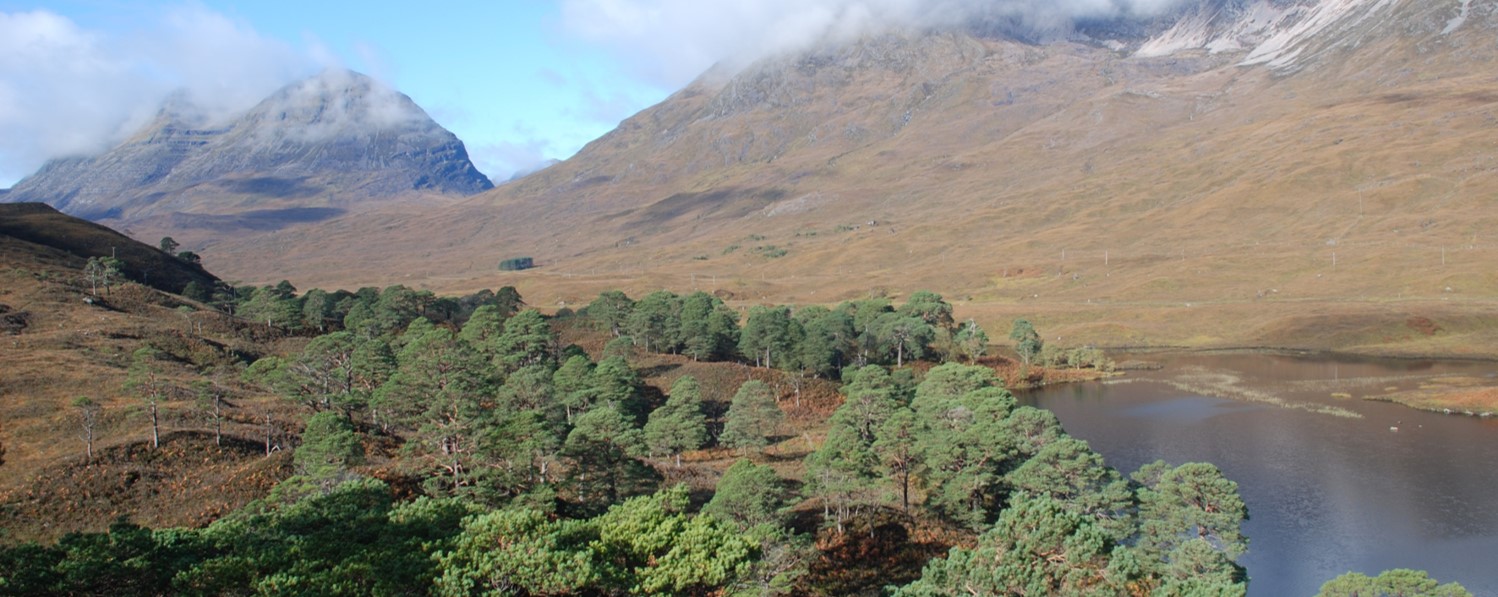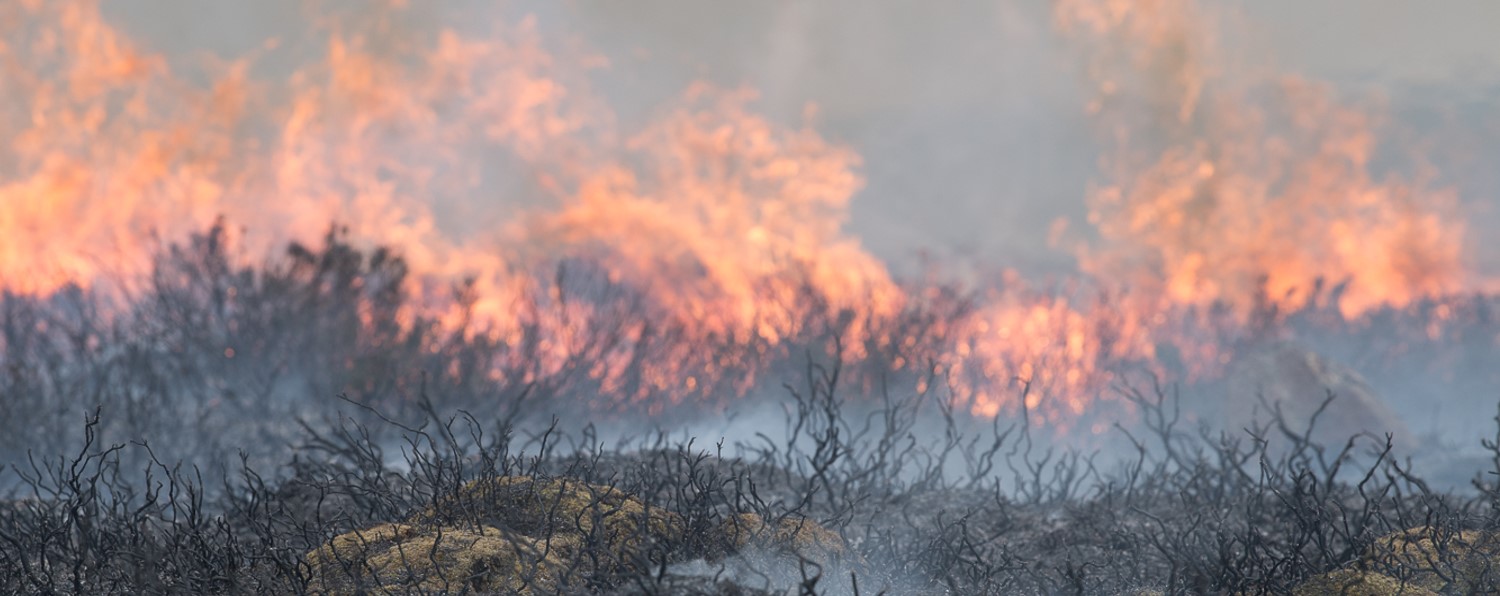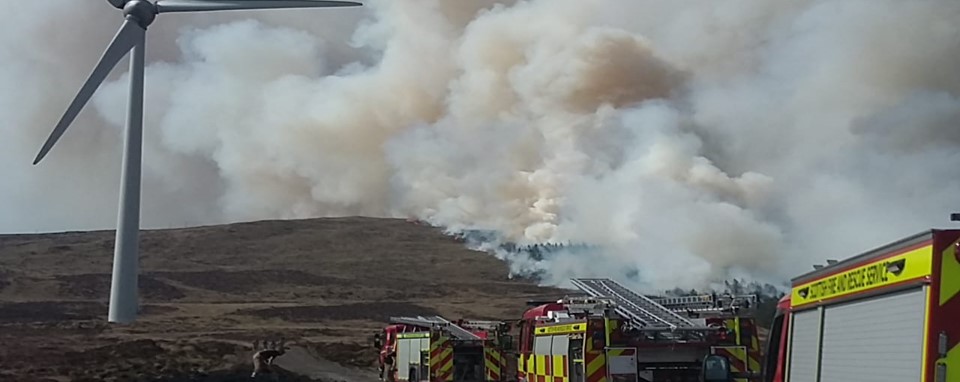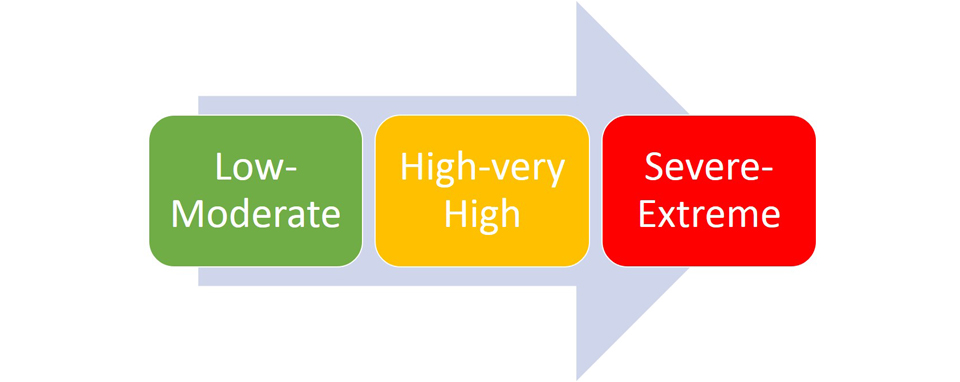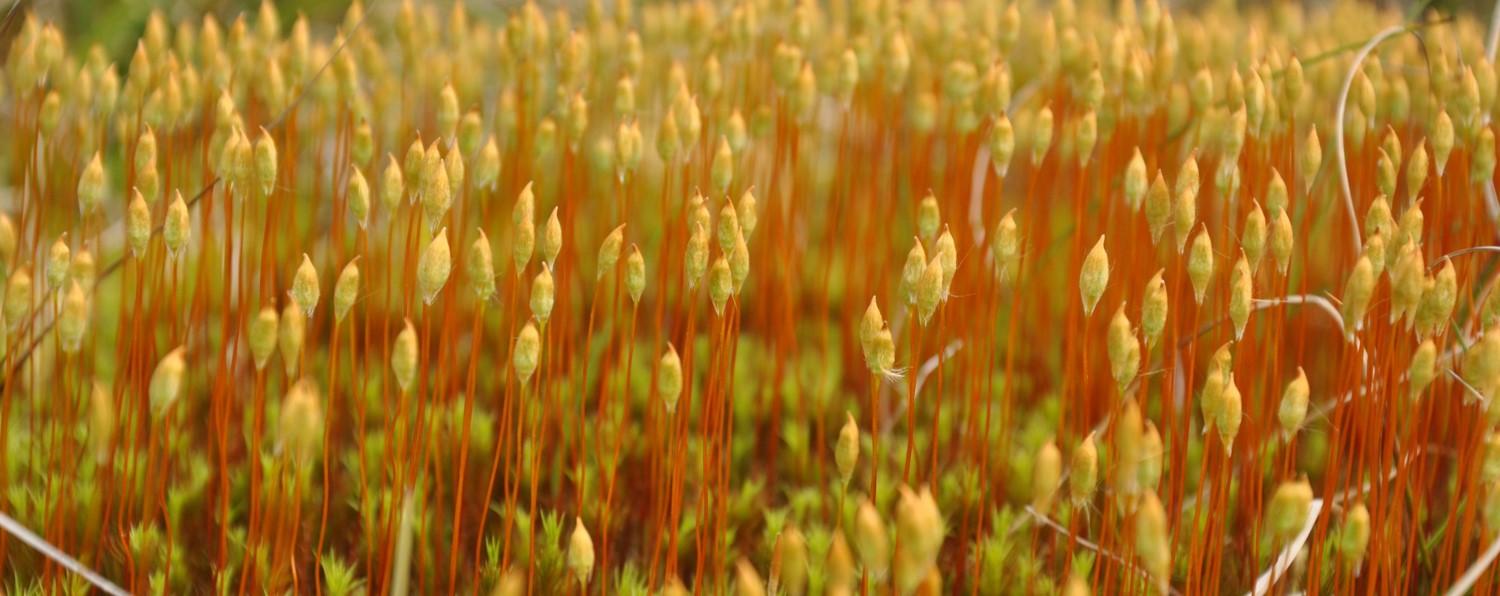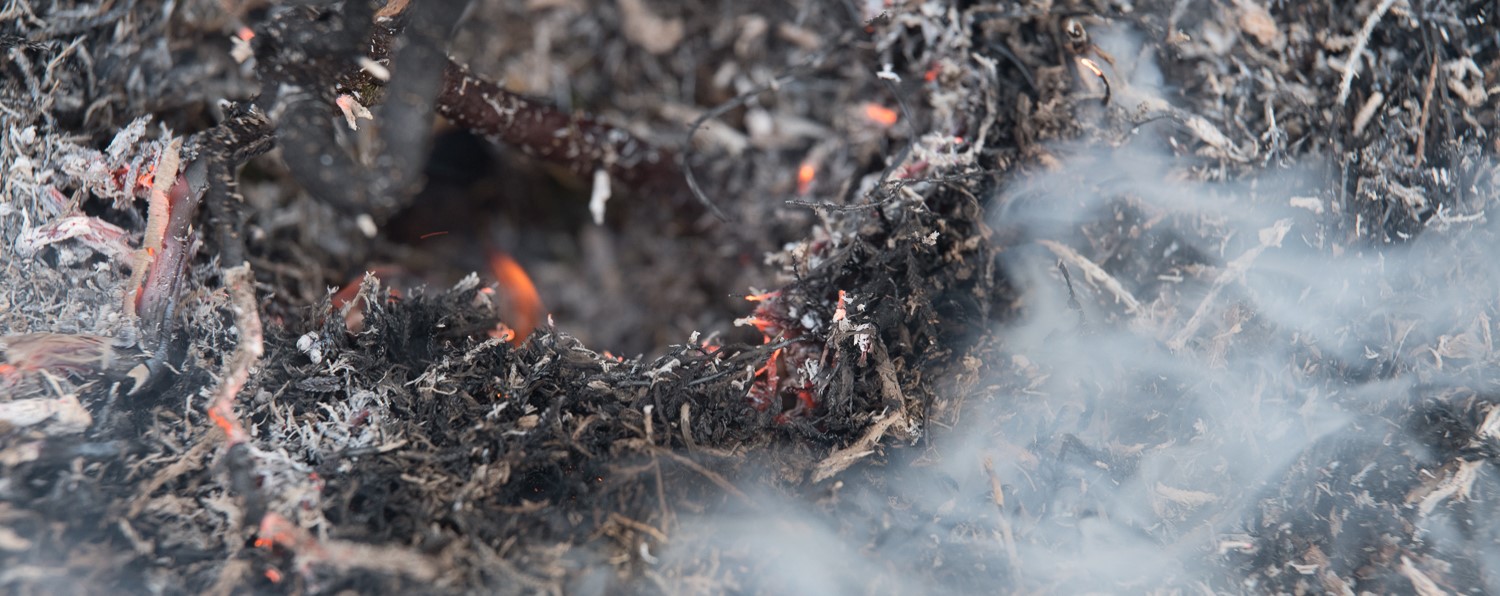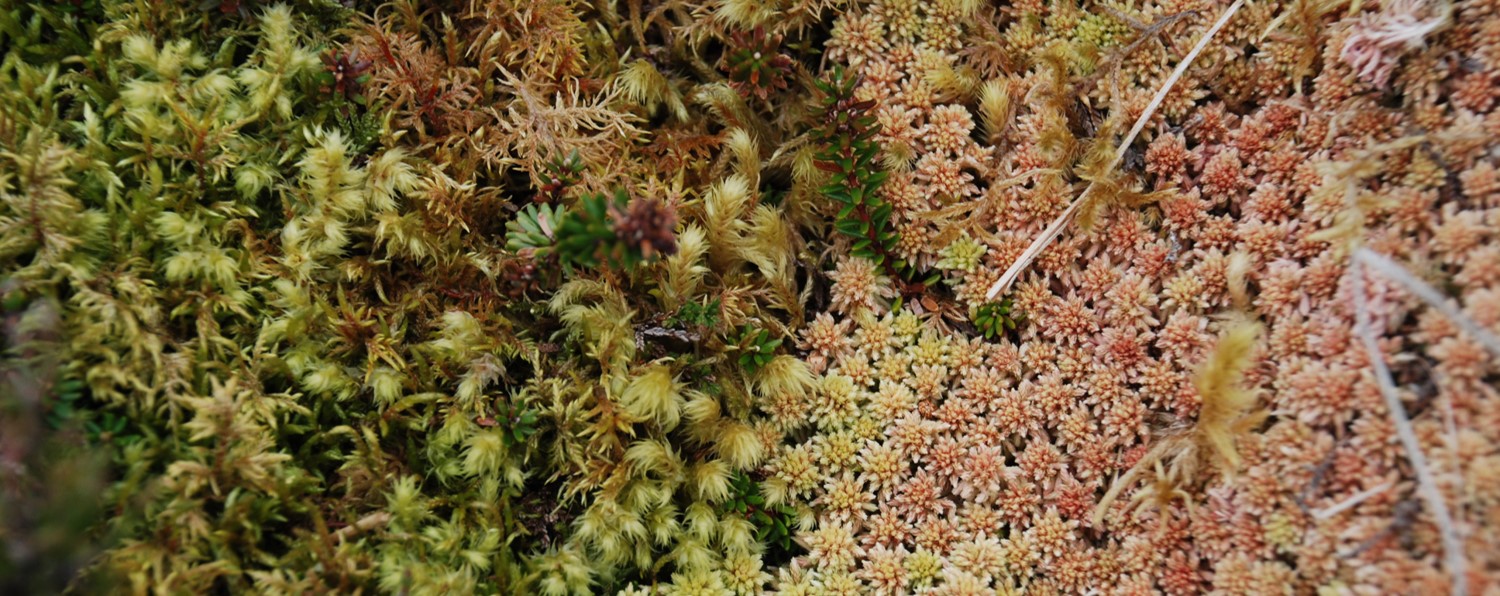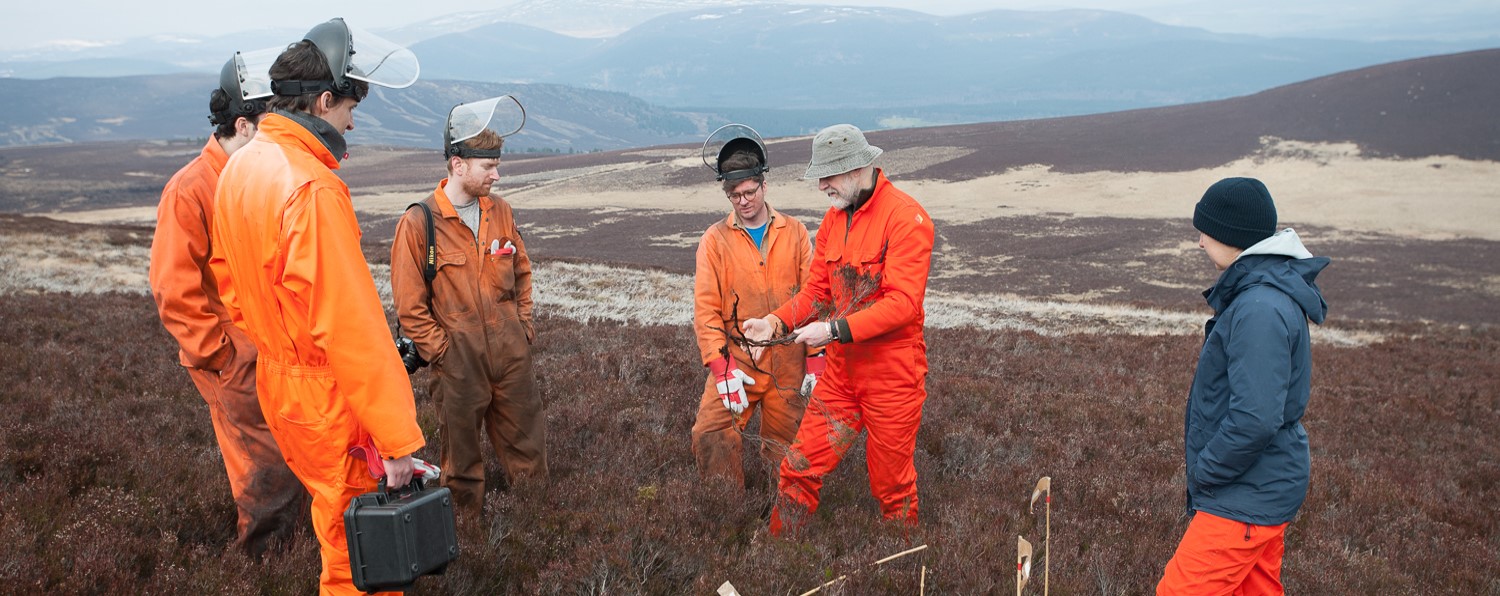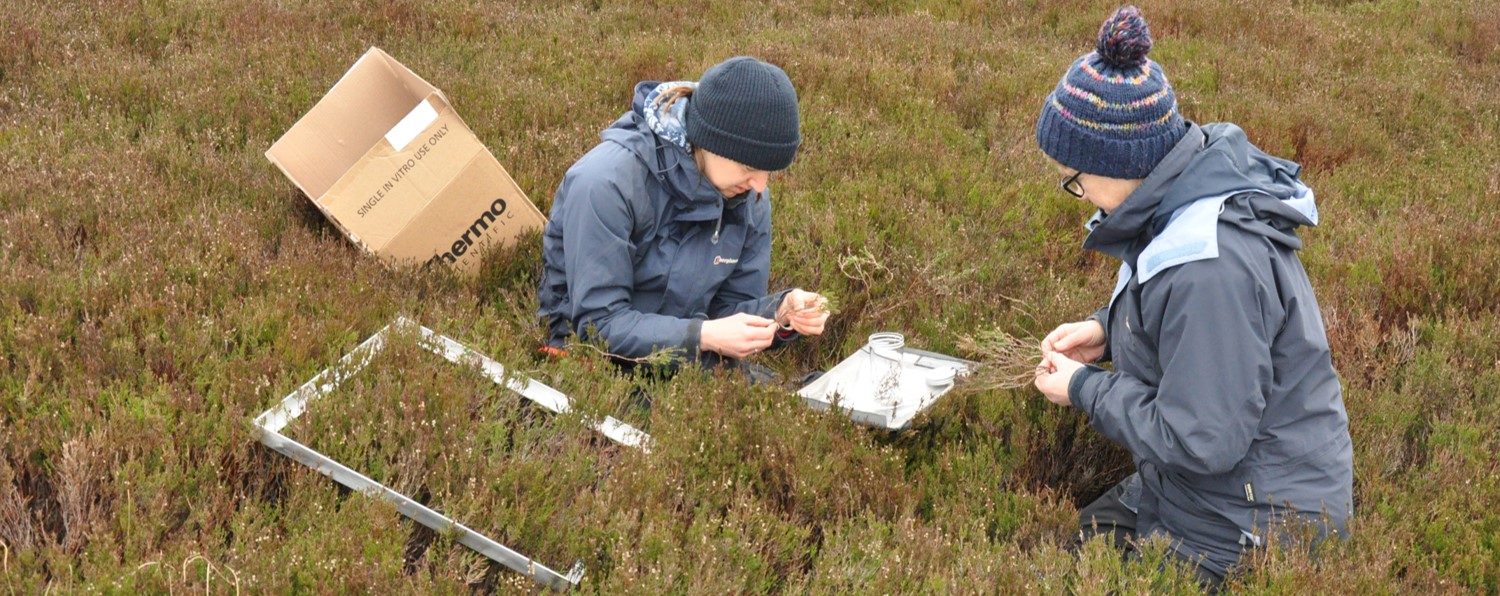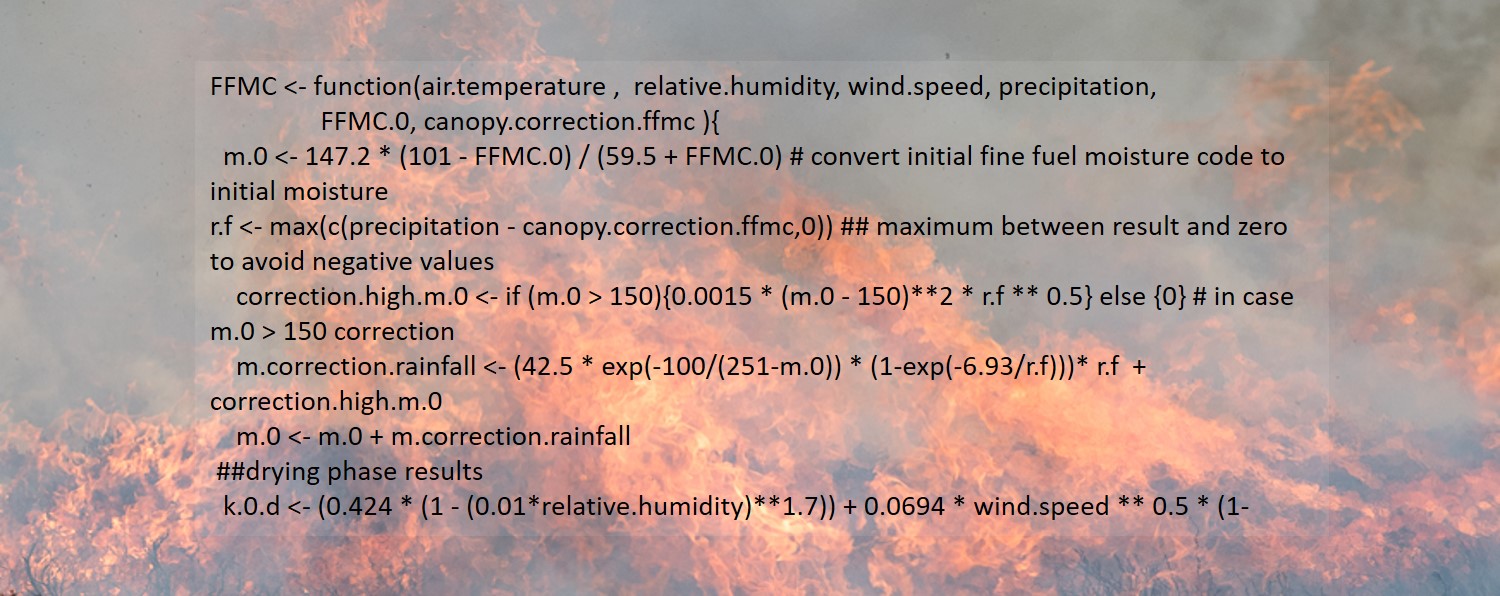Ignition for Scottish Fuel Types (Lead: Edinburgh University)
This work package is led by Dr Rory Hadden of the Rushbrook Fire Laboratory, University of Edinburgh. The Rushbrook Fire Laboratory has the only Fire Propagation Apparatus (FPA) in the UK which has a demonstrated track record in assessing fuel flammability. The expertise to use this apparatus has been developed by the Dr Hadden’s team. The use of standardised flammability testing apparatus will deliver consistent assessment of vegetation flammability under highly controlled conditions.
The intent of this work package is to investigate how fuel moisture codes underlying the Canadian FWI System can be improved to better represent the moisture dynamics of critical Scottish fuel components. This will be done by generating data on the following:
- Flammability assessments: Fuel types from distinct vegetation classes
- Fuel moisture x weather conditions relationships: COSMOS
- Fire spread: Controlled Burns
- Fuel model development and testing
- Identify threshold values for ignition for relevant fuel types

